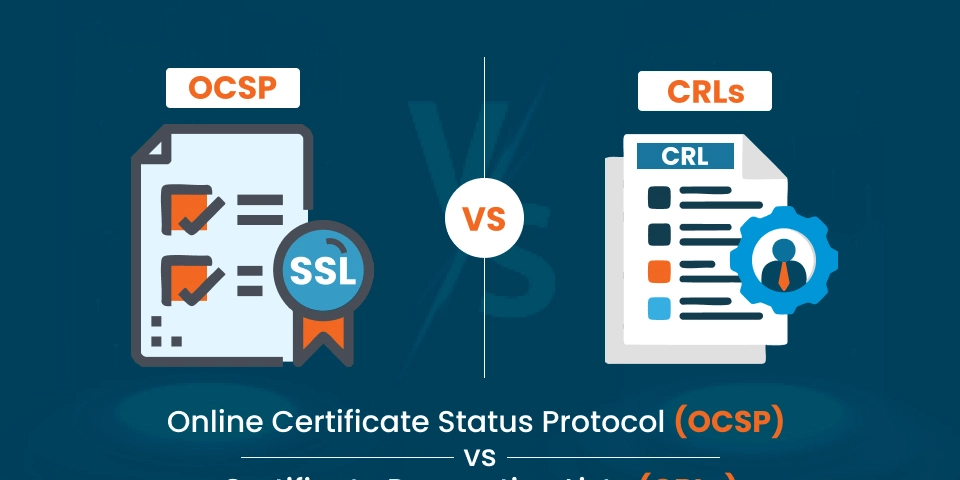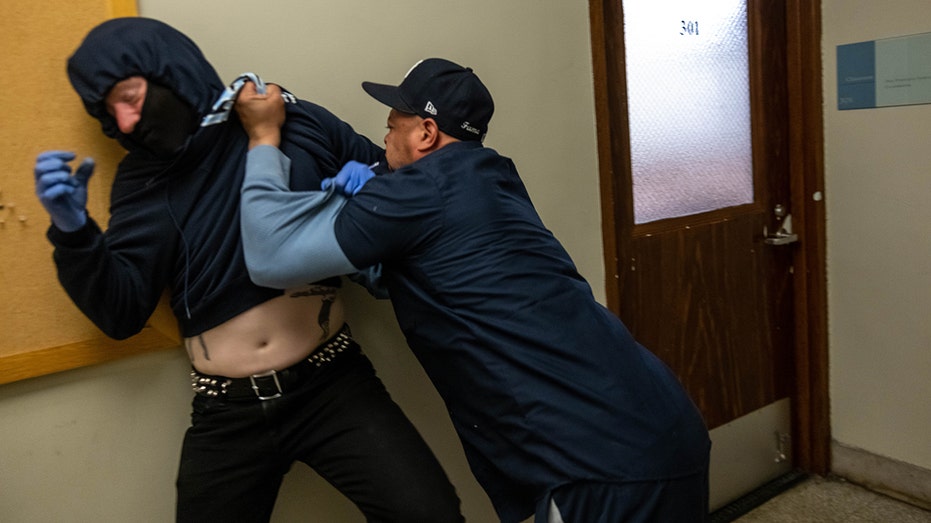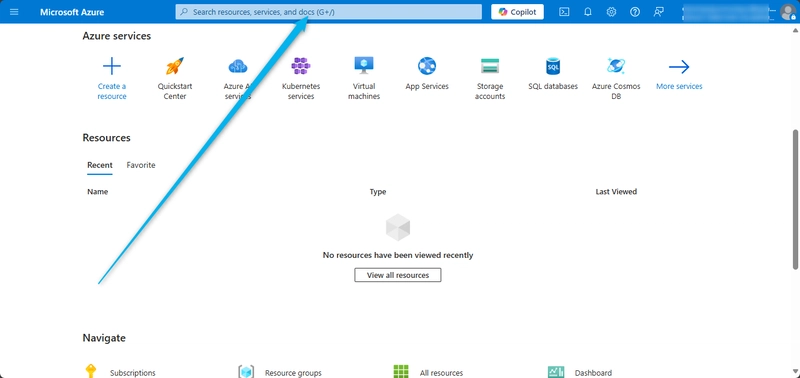OCSP or CRL: Which Is the Superior Certificate Revocation Approach?
Security in online communication has become extremely important given the status of the world today. There and SSL/TLS certificates are extremely important for providing encrypted connections and protecting fragile information. However, there are situations where these certificates might need to be revoked due to factors such as security violations, the loss or compromise of the key, or changes in the policies. This is where two crucial mechanisms come into play: the Online Certificate Status Protocol (OCSP) and Certificate Revocation Lists (CRLs). Thus, knowledge of their differences is a fundamental requirement for delivering relevant and optimal certificate revocation practices in organizations. OCSP The Online Certificate Status Protocol (OCSP) is one of the methods which enables creating real-time information regarding the revocation of a certificate. It functions through the client-server model, whereby an OCSP client (for example, a web browser or a server) makes a request to an OCSP responder that enquires about the revocation status of a given certificate. OCSP responder, usually owned by the CA that provided the specific certificate, returns the revocation status. It can include data like Valid, revoked, or Unknown status, along with Revocation Causes and possible Validity from and to date. Through OCSP, clients reap the benefits of up-to-date revocation information that assists them in knowing the credibility of the certificates that are in use. However, embodied in this nature, it will take a sequence of requester-responder turns for each validation information of the certificate, which may create more traffic and delay time for applicants. CRL A Certificate Revocation List (CRL) is a list that contains information on digital certificates that have been canceled, suspended, or whose authenticity has been otherwise questioned by the CA that issued them, although such certificates may not have expired. These revocations can happen for any reason which include loss or theft of the private key, change of policies within an organization, or misuse of the certificates. CRLs are also provided by CAs, and they are available for clients who want to download and store them locally. In cases where clients want to confirm if a submitted certificate is valid, they refer to the CRL to check whether the certificate has been revoked. CRLs contain only a binary revocation state in relation to the revoked and the non-revoked listed certificates. As for CRLs, although they can provide a locally cached solution to make fewer network requests and provide cached information, there is certainly a possible time gap between the real-time revocation and the update of the CRL. If there are many certificates revoked, CRLs may contain numerous entries and thus can reach large sizes that complicate their administration and distribution. CRL Formats: CRLs are available in one of the formats of distribution and of significant importance is the X.509 format that relates to the structure of the X. 509 standard. The common data to be stored in CRLs include; the name of the issuing CA, the last update time, the next update time, and the revoked certificate serial numbers plus the date of revocation. CAs can distribute CRLs through various channels, including: HTTP/HTTPS: CRLs can be put up for download at the web servers so that clients can use valid HTTP/ HTTPS links to obtain the updated CRL. LDAP: CRLs can also be stored and distributed through Lightweight Directory Access Protocol (LDAP) directories, and to get the latest CRL, clients would need to perform an LDAP search. DNS: Certain CAs may opt to use the DNS to transmit CRLs; in this case, the clients can access the CRL through certain types of DNS queries. Why CRL and OCSP? In this regard, both CRLs and OCSP prove extremely important since they are responsible for maintaining the certificate's integrity and its recipient's confidence in the certificate's authenticity. Even if a certificate is valid and has not expired, it may need to be revoked due to various reasons, such as: Compromised Private Key: It becomes necessary that if the private key of a certificate is lost or if it falls into the wrong hands, then the certificate could be revoked immediately for use as it can lead to compromise of security. Change in Organizational Policies: Such policies may diametrically change or get supplemented, due to which existing certificates need to be withdrawn and, consequently, new ones need to be issued. Certificate Misuse: This makes revocation necessary where a given certificate is being used in wrong practices or for the wrong reasons as designed. Key Compromise or Loss: In the case where the private key of the certificate is lost, or even if it is believed to have been compromised, then the certificate must be revoked to avoid further use of the certificate in other unlawful activities. Change in Certificate Information: If the given informatio

Security in online communication has become extremely important given the status of the world today. There and SSL/TLS certificates are extremely important for providing encrypted connections and protecting fragile information.
However, there are situations where these certificates might need to be revoked due to factors such as security violations, the loss or compromise of the key, or changes in the policies. This is where two crucial mechanisms come into play: the Online Certificate Status Protocol (OCSP) and Certificate Revocation Lists (CRLs).
Thus, knowledge of their differences is a fundamental requirement for delivering relevant and optimal certificate revocation practices in organizations.
OCSP
The Online Certificate Status Protocol (OCSP) is one of the methods which enables creating real-time information regarding the revocation of a certificate. It functions through the client-server model, whereby an OCSP client (for example, a web browser or a server) makes a request to an OCSP responder that enquires about the revocation status of a given certificate.
OCSP responder, usually owned by the CA that provided the specific certificate, returns the revocation status. It can include data like Valid, revoked, or Unknown status, along with Revocation Causes and possible Validity from and to date.
Through OCSP, clients reap the benefits of up-to-date revocation information that assists them in knowing the credibility of the certificates that are in use. However, embodied in this nature, it will take a sequence of requester-responder turns for each validation information of the certificate, which may create more traffic and delay time for applicants.
CRL
A Certificate Revocation List (CRL) is a list that contains information on digital certificates that have been canceled, suspended, or whose authenticity has been otherwise questioned by the CA that issued them, although such certificates may not have expired.
These revocations can happen for any reason which include loss or theft of the private key, change of policies within an organization, or misuse of the certificates.
CRLs are also provided by CAs, and they are available for clients who want to download and store them locally. In cases where clients want to confirm if a submitted certificate is valid, they refer to the CRL to check whether the certificate has been revoked. CRLs contain only a binary revocation state in relation to the revoked and the non-revoked listed certificates.
As for CRLs, although they can provide a locally cached solution to make fewer network requests and provide cached information, there is certainly a possible time gap between the real-time revocation and the update of the CRL. If there are many certificates revoked, CRLs may contain numerous entries and thus can reach large sizes that complicate their administration and distribution.
CRL Formats:
CRLs are available in one of the formats of distribution and of significant importance is the X.509 format that relates to the structure of the X. 509 standard.
The common data to be stored in CRLs include; the name of the issuing CA, the last update time, the next update time, and the revoked certificate serial numbers plus the date of revocation.
CAs can distribute CRLs through various channels, including:
- HTTP/HTTPS: CRLs can be put up for download at the web servers so that clients can use valid HTTP/ HTTPS links to obtain the updated CRL.
- LDAP: CRLs can also be stored and distributed through Lightweight Directory Access Protocol (LDAP) directories, and to get the latest CRL, clients would need to perform an LDAP search.
- DNS: Certain CAs may opt to use the DNS to transmit CRLs; in this case, the clients can access the CRL through certain types of DNS queries.
Why CRL and OCSP?
In this regard, both CRLs and OCSP prove extremely important since they are responsible for maintaining the certificate's integrity and its recipient's confidence in the certificate's authenticity.
Even if a certificate is valid and has not expired, it may need to be revoked due to various reasons, such as:
- Compromised Private Key: It becomes necessary that if the private key of a certificate is lost or if it falls into the wrong hands, then the certificate could be revoked immediately for use as it can lead to compromise of security.
- Change in Organizational Policies: Such policies may diametrically change or get supplemented, due to which existing certificates need to be withdrawn and, consequently, new ones need to be issued.
- Certificate Misuse: This makes revocation necessary where a given certificate is being used in wrong practices or for the wrong reasons as designed.
- Key Compromise or Loss: In the case where the private key of the certificate is lost, or even if it is believed to have been compromised, then the certificate must be revoked to avoid further use of the certificate in other unlawful activities.
- Change in Certificate Information: If the given information placed into the certificate, for instance, the subject's name or the organization that they represent, is not actual or changed, then, the certificate has to be recalled and reissued.
OCSP and CRL Comparision
While both OCSP and CRLs aim to provide certificate revocation information, they differ in several key aspects:
Real-time vs. Periodic Updates:
OCSP also allows revocation status checking in real-time because when the certificate is being checked, the OCSP responder is queried additionally.
CRLs are time to time published and downloaded so there can be a time lag between the revocation time and the availability of the CRL.
Read the complete article - https://cheapsslweb.com/blog/ocsp-vs-crl-which-certificate-revocation-method-is-best/











































![Kyoto Hotel Refuses To Check In Israeli Tourist Without ‘War Crimes Declaration’ [Roundup]](https://viewfromthewing.com/wp-content/uploads/2025/04/war-crimes-declaration.jpeg?#)


![New Best Ever Bonus for Capital One Venture Card Available Through Referrals [YMMV]](https://boardingarea.com/wp-content/uploads/2025/04/6cbab7b59a0f3413c2a8f73cf771602a.png?#)

























